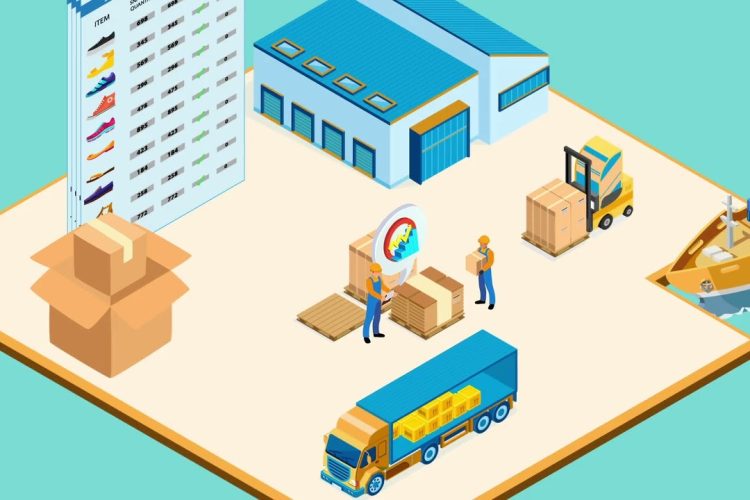Logistics costs shape every part of trade. They go beyond a basic bill or invoice. Many firms ignore hidden costs within daily operations. Those costs influence price, delivery, and profit. Every truck route or warehouse fee adds value or loss. A clear view of logistics costs helps leaders plan better. It also improves how goods move from maker to buyer. Many firms struggle to balance speed and cost. Efficient control of all logistic parts secures trust and growth. It can turn a simple order into a smooth experience.
Understanding Logistics Costs
The question often arises. So what are logistics costs in business terms? They include all expenses linked to product movement. The chain starts from the supplier side and ends at the consumer end. It covers transport fees, handling charges, and storage rent. Each factor demands attention and planning. A well tracked cost map prevents waste and delay. Many small firms ignore background spending and lose profit. When true costs are measured, managers gain control. A clean system builds strength and clarity across supply chains.
Transportation and Its Weight in Profit
Transport remains the most visible cost. Each shipment move creates value but also expense. The price of fuel, labor, and vehicle care affects total cost. A short route may cut cost but can reduce delivery reach. A long route may build access but raise expense. The challenge lies in smart routing and time control. Many firms now use simple tools for route checks. Such tracking can guide better delivery timing. Transport quality often shapes trust. Reliable movement keeps clients calm and satisfied.
Warehousing and Inventory Impact
Storage cost quietly drains resources. Rent, staff pay, and power bills add up fast. Space can help keep flow steady but can trap cash if misused. Slow turnover causes stock buildup. Fast movement builds rhythm and lowers idle cost. Correct balance saves money and time. Good warehouse design shortens picking paths and boosts speed. Controlled inventory avoids shortage or excess goods. When space use is clean and planned, service improves. That balance gives firms flexibility and confidence.
Administration and the Hidden Link
Administrative work supports every logistic step. Paper flow, tracking, and communication need attention. Weak control leads to confusion and delay. Strong systems simplify data flow and mark clear roles. Clean records also aid audits and planning. Smooth admin connects finance and operations effectively. Many firms still treat admin as minor when it is crucial. A solid back office lifts the whole chain. When admin blends smoothly with field work, efficiency rises fast. That unity secures brand trust and customer joy.
Conclusion
Every cost inside logistics matters deeply. Each layer connects profit and satisfaction. True success depends on full cost visibility. Firms that monitor details grow stronger and smarter. Efficient logistics brings faster service and happier clients. It also builds financial stability and future readiness. When every stage is managed with care, business flows naturally forward.


